With a full marathon personal best of 2 hours 9 minutes 39 seconds and a half marathon personal best of 61 minutes and 11 seconds, Pat Carroll, now aged 55, was one of Australia’s top distance runners in the 80s and 90s.
Some of his running achievements include winning the Gold Coast Airport Marathon in 1983, 1984, 1988 and 1997, winning the Sydney Morning Herald Half Marathon in 1994 and 1996, as well as representing Australia at the Commonwealth Games Marathon – and finishing in the top eight.
Today, Pat, who is based in Brisbane, runs his own online coaching business – where he coaches runners from all levels and backgrounds.
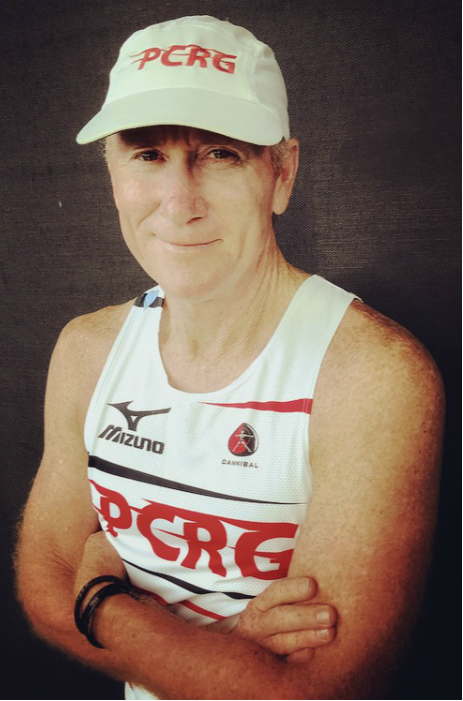
Pat Carroll was one of Australia’s best distance runners in the 80s and 90s. Today he runs an online coaching business. [Photo courtesy of Pat Carroll].
Never run a marathon before the actual marathon
In general, when it comes to marathon training, Pat stresses that everyone’s body reacts differently. He said, “No one answer suits everyone; not everybody responds the same way to training.”
But one important tip that he recommends, is that you should not run a marathon before your actual marathon. Said Pat, “Leave the marathon distance to the race day. I do not recommend running for longer than three and a half hours, regardless of your targeted finish time.”
He added, “I say this because a person who runs for four hours or more in training, is ridiculous. Three and a half hours is also pretty crazy, but you have to stop somewhere. Realistically, if you are doing a training run of four to five hours, the disadvantages will outweigh the advantages – the likelihood of fatigue after training will be great, and your recovery time after a four hour run will take several days; you won’t be able to train for 10 days to two weeks after that run.”
By doing such long training runs, Pat stressed that you will also increase your chances of injury. He said, “You will be running exhausted, and may get injured, and won’t make it to the starting line on race day as a result. So there goes all of your training.”
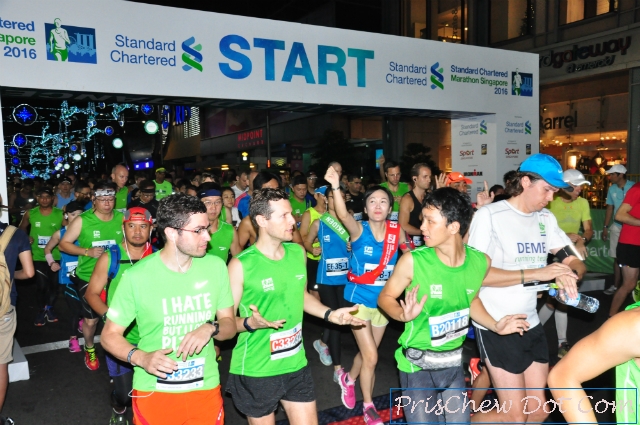
Never run a marathon before the actual marathon says Pat.
At the same time, Pat says that by running for three and a half hours, you will still get a good cardio workout. He added, “Especially for someone who is running their first marathon, their main focus is making it to the start line, so do not take any unnecessary gambles. A lot of people who are on the sidelines on race day, when they could have been running – but are unable to take part in the race due to an injury that they sustained during training. So I am conservative when it comes to training; I have seen so many people fall by the wayside.”
However Pat also stresses that as you improve your running and your marathon times will drop, then the time of your longest training runs should also drop. He explained, “Once the marathon distance becomes quicker to complete, go by the three-quarters training rule. So someone targeting a three and a half hour marathon should make their longest run, no more than between two hours and 45 minutes to three hours.”
Besides the weekly long run, though, Pat recommends that runners also include a medium length run and a speed session into their training. Said Pat, “Mix it up; the speed session can vary from hill reps to say, 30 seconds to 1 minute intervals. The possibilities are endless.”
In all, he recommends a minimum of four training sessions per week for the average runner, when preparing for the full marathon.
Take the time to prepare for a marathon
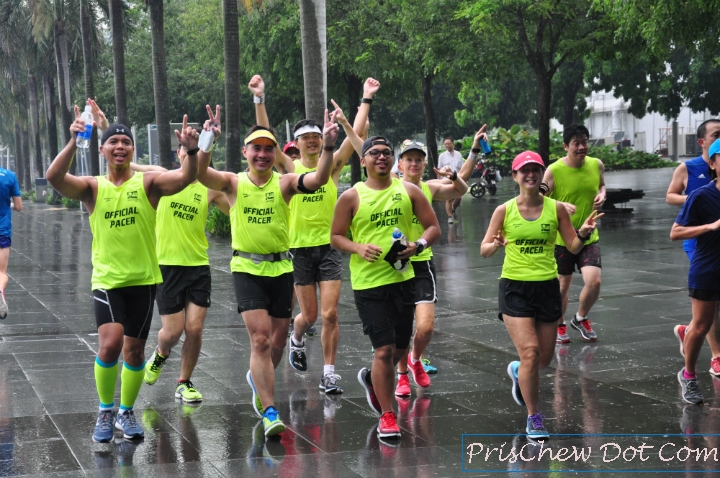
Take the time to prepare for a marathon, and do not rush the training process.
As well, Pat also recommends that runners should not rush their marathon training, and instead, should take the time to prepare for a marathon. He said, “I like to see people in a long training campaign, of about six months. During that time you should be logging short term goals, such as a couple of 10km races and half marathons and your training should be based around these mini events. It’s also great to use them as fitness indicators.”
So this means that runners who are taking part in the Gold Coast Airport Marathon should preferably, begin their marathon training cycle now.
An early start to the marathon training cycle and taking time to get their body conditioned for a marathon, is especially important for older runners, who need more time to recover from their training runs. Said Pat, “When you get older, your repair mechanisms are not as great as that of a younger runner so you need more time to fully recover from a hard effort or a race.”
He added, “But then again there are different scenarios. You may come across someone who took up running in their 40s or 50s and that person can continue to improve for some time because it is a completely new sport to them and their body would be starting out fresh. But then someone who was competitive in their 20s or 30s, would have smashed their body by the time they are in their 50s, so they can’t possibly expect to run as well as they used to.”
Time Trials to gauge fitness levels
During training, Pat also recommends time trials to gauge fitness levels on a regular basis. He said, “I am personally not a fan of tempo runs. Many people think that tempo is the way to go; by running at faster than marathon pace or 10km race pace. But I don’t think those work; instead I think it is better to either do a relaxed run in training or run really fast.”
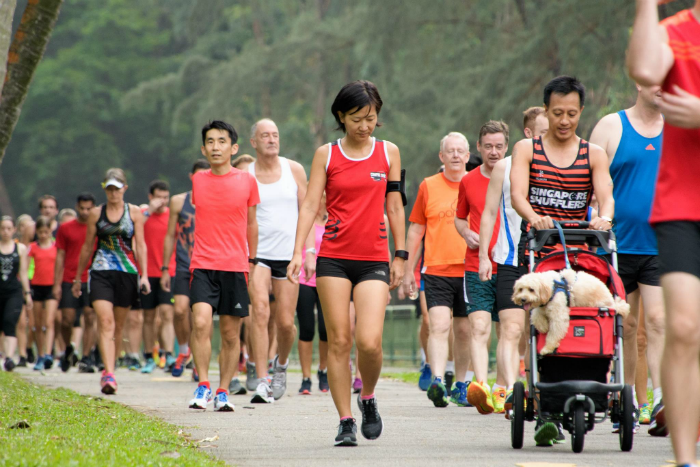
Attending the weekly 5km parkrun events are a great way to get in a regular time trial says Pat.
[Photo from ECP Parkrun]
Pat adds that the weekly Saturday 5km parkrun events are also a great way to do a time trial to gauge fitness and get in those intense running sessions. He said, “Log in a parkrun every month to six weeks during your marathon cycle and go completely flat out during those runs; that is a solid way to see if your fitness levels are improving. Treat it like a race.”
While parkrun is massive in Pat’s native Australia, Singapore also has two parkrun events that local runners can make use of – at East Coast Park and West Coast Park, both of which flag off at 7.30am every Saturday morning.
Ask yourself why you are doing the marathon
What happens if you simply don’t feel like going out for a training session?
Said Pat, “Well you have to ask yourself, why are you doing it? I mean, nobody is forcing you to train for the marathon and if you are under the illusion that it is easy, then you are wrong.”
He added, “When I was racing at the top level, I told myself every morning that my competitors were waking up that day and getting out of the door. So there was no way in the world that I was going to push down my alarm and go back to sleep. I personally never had a problem with getting out of the door. There was never an occasion, throughout my years of running at the top level, when I went, nah, I’m not going, can’t be bothered.”
To Pat, simply choosing to sleep in and skip training is the weak option. He said, “I realised that I was involved in a tough sport; the marathon is a tough event and you have to toughen yourself up to get there. If you opt to sleep in or stay in bed because it is raining, then that is soft and weak. You are like butter. But you need to be hard as nails; so go on and put on those running shoes and head out of the door.”
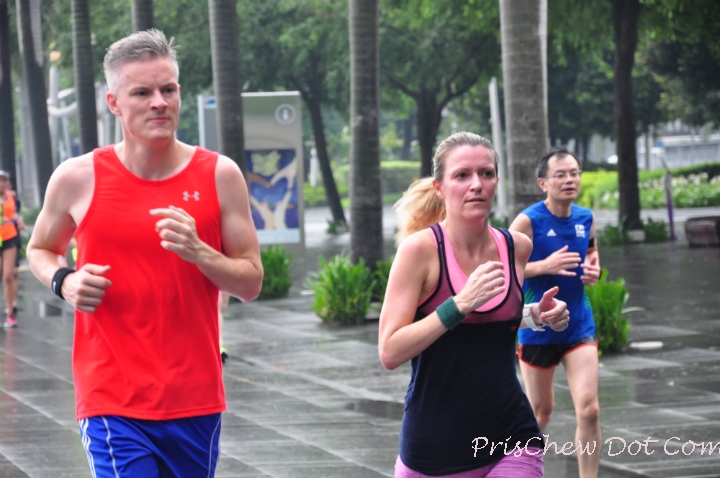
If you are feeling lazy to run, remind yourself why you are doing the marathon in the first place.
Even today, though he is no longer racing at the top level, Pat adds that he still looks forward to his morning runs – as a way to start his day. Said Pat, “That is how I love to start my day. Running is like a drug to me. I know that I am going to greater heights by still running and keeping myself moving.”
However he adds that if runners have to miss a training session due to circumstances beyond your control, though, such as early morning flights, then that can’t be helped, and that you should not beat yourself up over these situations.
Cross Training can supplement a training programme
But purely running is not the only way to train for a marathon, though. Pat also recommends cross training as a great way to supplement a marathon training programme. In fact he himself engages frequently in pedalling a kayak, as his own form of cross training.
Said Pat, “Cross training is exceptionally good; not so much in the gym as in a weights session, but another type of cardio workout such as pedalling a kayak or cycling. Spinning classes in the gym are great. Pilates and yoga are also great forms of training for runners.”
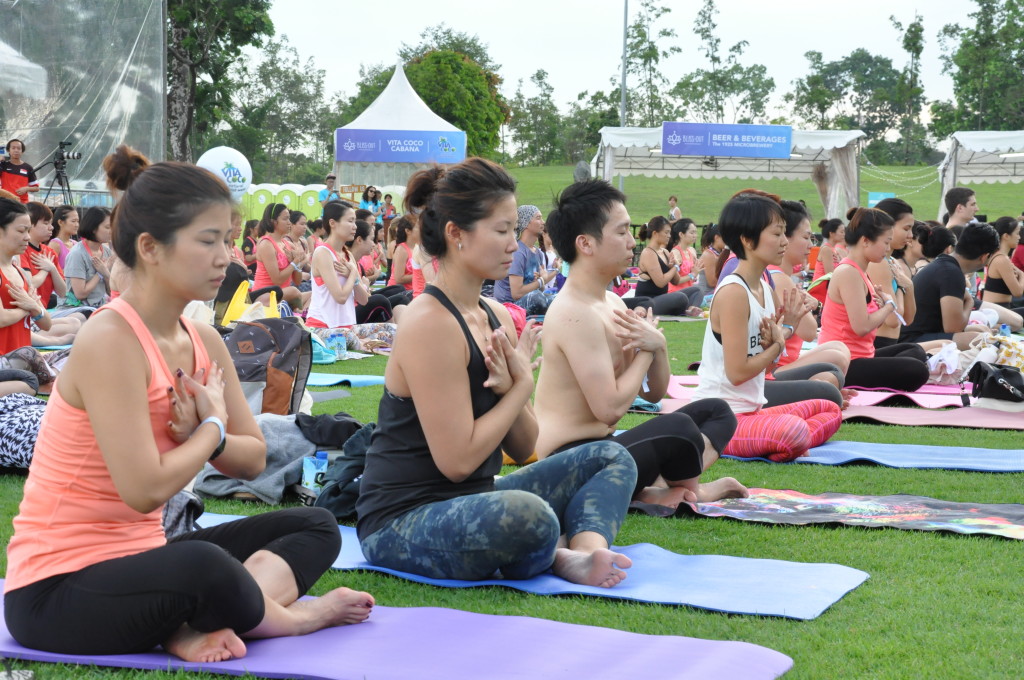
Doing yoga or pilates can help to supplement a runner’s training programme.
He added, “I deal with average people and someone who runs four days a week, well that is going to take quite a fair bit out of them. Lifting weights is not a cardio workout; it is explosive and is fine if you have the energy to burn and you are a professional runner who has the time. But many average people with families and jobs simply don’t have the time and energy to push themselves like that; in the end it will become too daunting and demanding and things will start falling apart for them as a result.”
Family support is crucial for marathon training
He also stresses the importance of family support to runners. Said Pat, “Having strong family support is incredibly important when training for a marathon. You need to consult and come to an agreement with your partner that you are getting up early say at 5am for runs, and that they understand that. This should also eliminate the early morning discussions of your partner or family complaining that you are waking up again to run.”
Continued Pat, “After all, they should soon come to the conclusion that running is not such a bad thing; after all you are being active and a great role model for the kids. It’s a fantastic thing for people to be active and chase their dreams and goals, but not when it is too demanding on a relationship. If the partner and family can show support then that can strengthen a relationship and bring you closer together.”
Runners are addicted to apps and technology
Since going into coaching runners, Pat has also spotted several pitfalls amongst today’s young runners. He said, “Runners are addicted to apps such as Strava and uploading their data to show off how fast they are training. This results in computing among friends and turns into a training competition, which is not advisable at all. These runners should be following a proper training structure.”

Are runners today too reliant on their running watches and apps?
He added, “As well, equipment such as running watches and data have dented the sport of distance running and taken away the natural way to train, which is to run purely by feel. People think that going technical is the way to go but it is not; people are checking their watch every 10 seconds to see their pace and becoming slaves to their running watches. Whatever happened to running purely to enjoy the view and thinking about your family? Technology doesn’t just apply to running too; on the bus you always see people looking down at their Facebook and Instagram accounts; we have all been sucked in by technology.”
Pat pointed out that in his day, such gadgets did not exist. He added, “And in Australia, we don’t have the “strong depth” in performances that were witnessed 30+ years ago. So keeping it simple is not a bad way to go.”
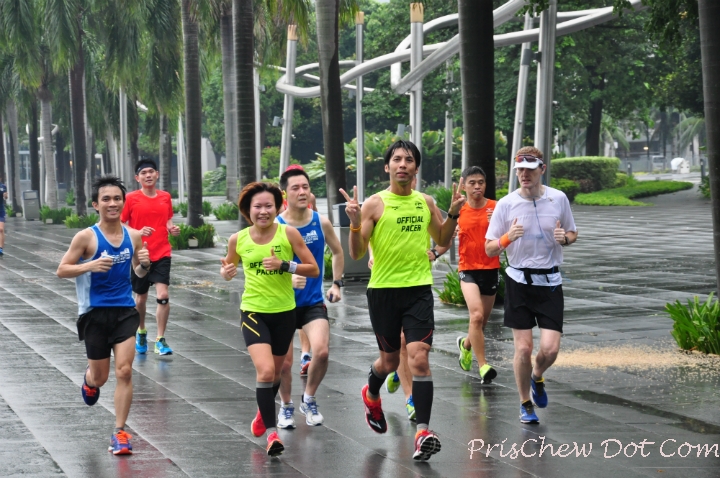
Pat feels that more runners today, should run by feel.
Pat’s online coaching business
Pat has an online coaching business at www.patcarroll.com.au
He is offering 4 weeks of free online coaching. This means that if you sign up for a package of 16 weeks or more, for example, paying for a 16 week fee, you’ll get a 20 week coaching period.
For more information, you can also contact Pat at: pat@patcarroll.com.au

Thank you for sharing this priceless advice! I am getting ready for my first ever marathon and am a nervous wreck. By reading your tips though I feel that I may be on the right track after all! Thanks!
Hi there. Hope you found Pat Carroll’s tips useful. And good luck for your first ever marathon!!